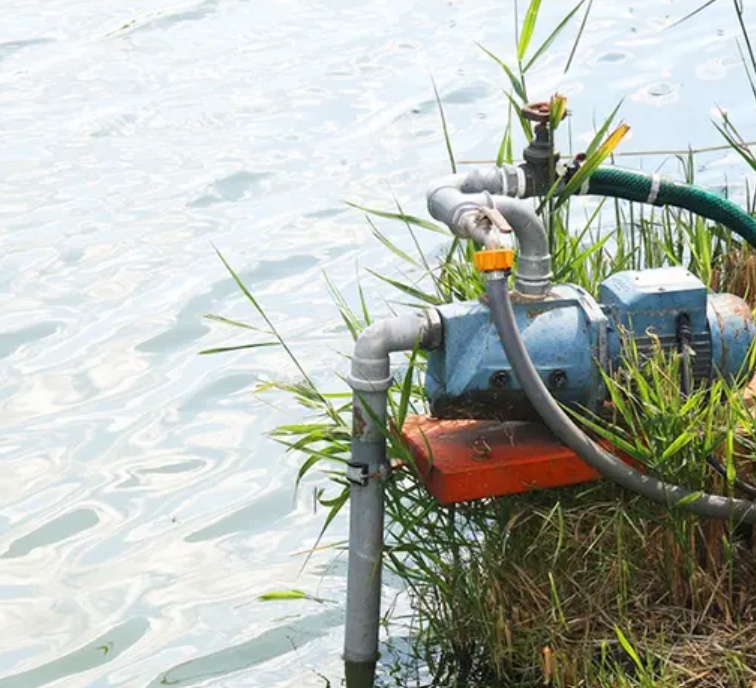Introduction
In the modern age, technology plays an increasingly significant role in various aspects of our lives, including lake management. Advancements in technology have opened up new opportunities to monitor, analyze, and address ecological issues in lakes more efficiently and effectively.
Remote Sensing and GIS Applications
Remote sensing technologies, such as satellite imagery and drones, provide valuable data for lake management. These tools allow scientists to monitor changes in lake size, water quality, and vegetation cover over time. Integrating this data into Geographic Information Systems (GIS) enables the visualization and analysis of complex lake ecosystems, aiding decision-making processes.
Real-time Monitoring Systems
Real-time monitoring systems offer continuous data collection on various lake parameters, such as water temperature, dissolved oxygen levels, and nutrient concentrations. These systems use sensors placed strategically throughout the lake to provide accurate and up-to-date information. This data empowers lake managers to identify trends and respond promptly to any emerging issues.
Artificial Intelligence and Machine Learning
Artificial Intelligence (AI) and Machine Learning (ML) algorithms are revolutionizing lake management. These technologies can process vast amounts of data and recognize patterns, helping predict algal blooms, detect invasive species, and assess water quality. AI-driven models contribute to more informed decision-making and enable proactive management strategies.
Sonar Technology for Bathymetric Mapping
Understanding the depth and contours of a lake is crucial for managing water levels and ensuring proper circulation. Sonar technology allows for bathymetric mapping, creating detailed 3D representations of the lake floor. This information aids in identifying potential hazards, planning dredging operations, and preserving critical habitats.
Water Quality Sensors and IoT
Internet of Things (IoT) devices equipped with water quality sensors offer real-time data on parameters such as pH, turbidity, and conductivity. These sensors can transmit data wirelessly, providing lake managers with instant access to critical information. IoT technologies streamline lake management tasks and improve response times to environmental changes.
Conclusion
Technology has become a powerful ally in the field of lake management. Remote sensing, GIS applications, real-time monitoring systems, AI, and IoT devices offer invaluable data and insights that aid in making informed decisions. By embracing these technological advancements, lake managers can better understand lake ecosystems, mitigate potential issues, and implement effective strategies to preserve the health and beauty of our lakes.


No comments yet